To have multiple desktops either you are using a single screen or multiple screen’s, having multiple desktop options is very useful. Microsoft launched Multiple Desktop or Virtual Desktop feature for the first time in Windows 10 Platform.
The functionality is very limited if you compare it with other OS, as you switch any program between the desktops by simply dragging and also even you can’t set multiple wallpapers for virtual desktops.
Step 1: Add a Virtual Desktop
To add a virtual desktop, you can click on Task View Button or by Shortcut Window key + Tab. In Task view click + Add new Desktop
You can also simply add a new desktop by using direct Shortcut key i.e. Window Key + Ctrl + D.
Step2: Switch Between Virtual Desktops
To Switch between the desktops, press Window Key + Tab to go to Task view Pan and Select the desired desktop
You can also simply switch between desktops using direct shortcut key i.e. Window Key + Ctrl + Left Arrow or Window Key + Ctrl + Right Arrow
Step3: Moving Windows between Virtual Desktop
To move a program or window between desktop open task view pan by shortcut Window Key + Tab. Right click on the desired window and Move to desired Desktop.
In a Build 10166 of Microsoft Windows 10, you have the ability to drag a window to the desired desktop after opening Task view Pan.
Step4: Close a Virtual Desktop
To close a virtual Desktop again open Task view pan by its shortcut Window Key + Tab, Drag the desired desktop a Close option in will appear on the right top of Small window i.e. X. Just Click on X it will close the virtual desktop
You can also use shortcut key Window Key + Ctrl +F4 in Task View pan to close current Desktop.
